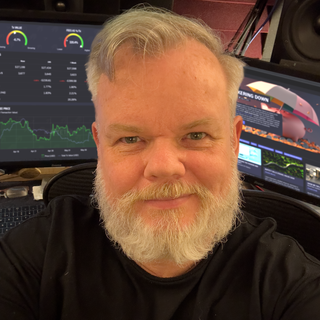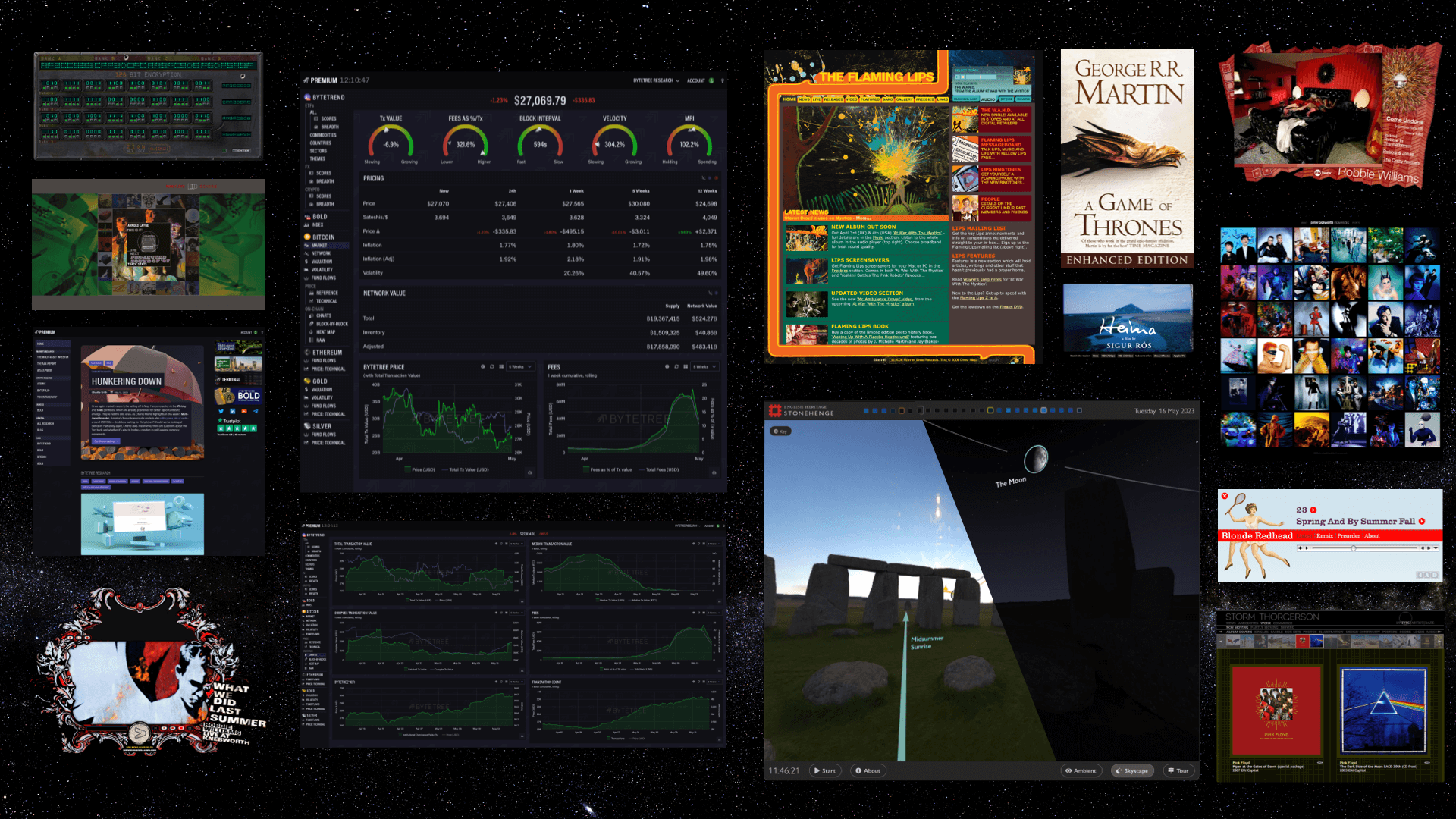
Mark D. Griffiths
Creative / Innovative / Effective
About
I’m a passionate and engaged hybrid full-stack developer and designer with over 30 years of development and production experience across many industry sectors. My core talent is balancing digital products’ technical nature with the human need for simplicity and aesthetics.
A common theme in my work is time as a signal can only exist over time.
My current skillset is very much an expression of how best practices have evolved alongside the development of the web.
Being able to express ideas in code is second nature to me, and I can visualise solutions to complex problems very quickly from business, architecture and user perspectives. I can then deliver that vision using the latest, often cutting-edge technologies to modern production standards and provide ongoing support and development to make it work for customers and stakeholders.
I have worked single-handedly and as part of large and small multi-disciplinary teams, mostly remotely from my home studio, to deliver big ideas to, sometimes, audiences of millions, and my work has won numerous awards. I enjoy sharing my knowledge and experience; people have told me I’m a great teacher, but I still love learning from those around me and am habitually curious.
This site is still very much in development and I’ll be adding more in terms of skills and a deeper look at some of the projects I’ve worked on in the coming days.
Thank you for reading!
Experience
Crypto Composite Ltd/ByteTree
2013 → current | Full-Stack Engineer and Creative Director
Financial research and analysis business I co-founded to understand emerging digital assets. more…
I saw the Bitcoin white paper go past in late 2008 and was largely dismissive, expecting it to fail at its first challenge.
Then in 2013, the phone rang: I was asked, “Is Bitcoin real?“.
“I’m sure I could hack something up to answer that,” I said.
To begin with, it was a hobby project, and after automating some spreadsheets, I realised that it needed something more substantial to get to the bottom of the economic questions that were coming up. I rolled up my sleeves and set about building some hardware suitable for running several blockchain nodes and writing the software to go with it.
Node.js was starting to mature, and offered a very capable way to build front and backend code that was modular and scalable. Over the following months, I used Node and database newcomer MongoDB to build a real-time system that could analyse the contents of each block as it arrived on the chain while looking up the price of Bitcoin and other tokens from exchanges APIs across the network. As the capability grew, so did the scale of the questions and the data required to answer them.
We incorporated the business in 2014, picked up a small amount of investment and started building a small team of researchers and developers to build something better than the competition. At that time, we had the only on-chain system that worked in real-time and was copied broadly across the space.
A hefty refactor later, and I had a system that could recalculate any crypto asset’s state every 5 seconds. Starting with a simple web-based console, I sought the best replacement for the jQuery-based sites I had previously built. I looked at Angular and React but settled on Vue.js as it was the fastest framework to work with, needing less boilerplate than its competitors. I then set about creating numerous deep APIs that allow the flow of data from the blockchain to computation matrices and real-time WebSocket notification and streaming interfaces to allow that data to be consumed and used by the user.
As a result of the research done on the data I was generating, today, under the ByteTree brand, the system is responsible for watching Bitcoin closely and helping the team delve into its economic and social impact. With the engine ticking away, I moved my focus back to the front end, creating the websites to get our knowledge and research out to a larger audience and adding a subscription system to monetise the various research areas we were engaged in.
We haven’t seen the growth of other crypto organisations essentially because our data and research don’t play along with the ultra-bullish views of the Bitcoin maximalists, urging caution and care. Though involved in the space widely, I would still describe my perspective as sceptical. Even so, I’ve helped other crypto networks understand their economics and have been involved in their efforts to find crypto’s ‘killer app’, such as NFTs, DeFi and the Web 3.0 mythos.
The current ByteTree website and the Node.js architecture behind it have mainly been created by myself, the team working more broadly on DevOps and data augmentation, adding in traditional assets. I would now consider myself an expert in Node, both for creating the back end and using it for front-end tooling, as well as the NoSQL MongoDB and Vue. I’m also well-versed in the next-generation tools that are coming along that further blur the lines between the front and backend, such as Astro and Qwik.
Voicescript Technologies
2011 → 2013 | Technical Lead
Engineering the prototype for a multi-person, automatic transcription system. more…
The creation of a proof-of-concept of a real-time, multi-person, transcription system to allow immediate written documentation to be generated from spoken interviews.
I was responsible for creating the initial prototype, both hardware and software, working with teams from the London Mayor’s office, Deloitte, The Met and Nottinghamshire police, Nuance Communication and an advanced engineering team from London technical pioneers, LShift.
The projects had exciting challenges, including engineering a solution allowing audio processing nodes to run on AWS.
I created the prototype front end in Max/MSP, using its Java and Javascript features, and the backend orchestrator was developed in Scala, connected to a next-generation, profile-less speech-to-text engine from Nuance.
The project was a success and saw prototype systems installed at Hendon Police Academy and in live interview rooms at Nottinghamshire Police.
Due to juggling input and processes from stakeholders, partners and the technical team, a tight project management approach was needed. Development was agile, mixed with more traditional methods from other partners.
The Bespoke Pixel
2006 → 2020 | Creative Technologist, Full Stack Engineer
Adapting to a changing web and process more…
The web was changing, and I chose to change with it. I think the release of Git and the arrival of GitHub sent me in a different direction. Now able to more easily collaborate and share code, it became apparent that the structures and processes we place around our code were evolving. Large web-based projects such as Facebook, Google and YouTube demonstrated what those projects could achieve, instantly surpassing the incumbents such as MySpace and Friends Reunited, sites built on obviously unmaintainable code bases.
As such, I turned my attention to more tooling and library creation in my work. I was still working on some music projects for Pink Floyd, David Gilmour and Icelandic band Sigur Rós, but they were becoming more grown up, and our aims changed - gone was the Flash and Shockwave, replaced with ideas of interoperability and more formal user experience and journeys. I found myself architecting larger systems and generating frameworks that could be used more cleanly across multiple projects. I remember waking up one morning to find Apple had removed Flash tracks from QuickTime, rendering the past decade’s best work into something redundant and inaccessible.
Then the iPhone appeared, presenting a whole host of exciting new challenges - the changes of application focus from user to task. It wasn’t a case of just entertaining the user anymore; it needed to be useful. I created several libraries that assisted in making the design ‘responsive’ - it wasn’t called that then, but that’s exactly what I was doing. My sites and apps needed a consistent experience, which meant I had to understand what the code was doing in situations I couldn’t observe myself, so my work switched from observational to more test-driven and unit-tested. My code became more modular, using the JavaScript module pattern widely, allowing cleaner assembly for different jobs.
With mobile tech quickly becoming popular, traditional media, such as books, became digital. I worked with Harper-Collins to make early ebooks more fun, creating a library called ‘GestureKit’, which could inject state management into an eBook’s ‘spine’. This meant I could update content as the user read. For instance, in ‘A Game of Thrones’ enhanced ePub, you could call up the map of Westeros, showing where different characters were located or, in others, play games and solve puzzles that reinforce the narrative as you read.
I was also active across several open source projects and learnt the basics of working in the agile framework.
Other projects quickly became my full-time focus, such as Voicescript above. However, I’m still delivering projects, such as my Stonehenge ‘Skyscape’ project for English Heritage, that I carry on as a hobby project in my spare time today.
Bluish
1997 → 2006 | Partner, ‘Full Stack’ Developer and Designer
Award winning digital boutique, specialising in the music industry more…
My partner and I formed Bluish to allow us to work on a broader range of digital media and design together. We hit the ground running and found we were immediately busy with large digital projects for clients such as Nestlé, Eidos, Orange and others in a maturing digital space (Well, not that mature as Macromedia Flash had just been launched…).
While working on the music soundtrack for a CD-ROM that had a contribution from Sousxie and the Banshees guitarist Jon Klein - we got chatting, and this led to a meeting with Storm Thorgerson. Storm was part of the legendary design house Hipgnosis, designing most of Pink Floyd’s album covers, among many others, and Storm wanted a website.
It was a baptism of fire, but we were able to deliver. Storm then insisted that we work on other projects with him, introducing us to EMI and Capitol Records in what was the start of many years of high-end music industry digital work, creating engaging, interactive projects that had to be served reliably to an audience of millions.
I was now fluent in PHP, Java, HTML, Javascript, Flash (ahem) and the complete full-stack process. I regularly worked with high-end providers to ensure clean delivery of sometimes challenging server load and bandwidth issues. While Flash held up the development of the modern web, it enabled the creation of deeply engaging experiences in a rather clumsy browser ecosystem and soon became our bread-and-butter.
And then came along video. Web video in 2001 was not like it is today - it was small, grainy and had terrible audio. While working on a Pink Floyd project, we were given access to Nick Mason’s archive of videos and began working out how to deliver a better experience. Video codec technology was progressing fast, and I could provide a much higher quality experience using the latest codecs and tools. Partnering with EMI, Apple and Akamai, I delivered bespoke video players built in QuickTime and Flash to a global audience - so large that the whole internet could slow down on a new release.
After the success and popularity of those video players, I built and launched a web video service that allowed video production houses to distribute reels to their clients. YouTube was still some years away at this point.
Our work got us noticed, leading to press, awards and recognition, including a Webby, an Apple Design Award and a number of music and marketing awards - mostly for innovation.
The Direct Response Agency Interactive
1995 → 1997 | Web Designer/Developer
Early Digital Marketing Agency more…
I was brought in to be the technical lead for a new department at The Direct Response Agency, focussed on using the nascent web to enhance direct marketing techniques.
My role was to take traditional creative and develop it for the web, exploring many ways to make the content more engaging. The arrival of Netscape Navigator 2.0 ushered in a new era of Java, JavaScript and browser plugins, all of which I used to explore new ways for the user to interact with the machine across a network. Looking back, I cringe at the lack of standards and accessibility, but it was an era where anything was possible, and it taught me many ways of not doing something.
It was a time of firsts - I produced the first-ever media-rich web promotions for several large brands, such as Christian Dior, Intel, Equitable Life and Tower Bridge. I won my first award, An Innovation Award from Direct Marketing Magazine, for a mailable, floppy disk-based pension calculator linked to the internet.
Building a team, we brought our hosting in-house, requiring me to learn how to work from the command line as much as using visual tooling. I worked hand-in-hand with a Perl hacker, both of us learning how to work full-stack, from hardware to database to the plentiful restrictions and workarounds of delivering solid front-end code.
My partner worked at a small design company, Denovo, in North London and I would often head up there after work and help out with CD-ROM, music and web design work. Then one day the phone rang - it was David Bowie, wanting to employ Denovo to produce the album artwork for his album ‘Outside’. Bowie was also in the process of launching his ‘bowie.net’ project and I was able to get involved in my spare time - creating an innovative “Bowie Booth” that was placed in record shops across North America and Canada, allowing people to sign up to a mailing list. Little did I know where this would lead at the time.
Fox Parrack Fox
1993 → 1995 | Mac Operator and Systems Administrator
Advertising agency at the forefront of digital process more…
FPF was a technology industry focussed, B2B, above-the-line advertising agency. I began as a freelancer, and my technical abilities quickly found me a full-time job there, doing Mac production layout work in Quark Express, Photoshop and Illustrator and looking after their cranky 10-Base2 network. Clients included Novell, Sage and Bull and many other historic technology brands. At FPF, I had my first exposure to working on large, global brands.
I was still active as a musician semi-professionally at this point and built my first website for musicians and designers at the end of 1993. I also taught myself CD authoring at this time, quickly becoming an expert in HyperCard and Macromind’s Director and becoming active in London’s DUG (Director User Group) - a group that would go on to start up much of London’s digital media industry.
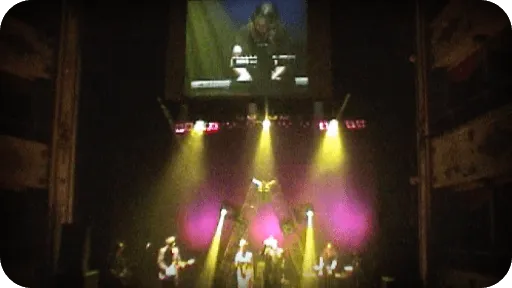
Freelance
1990 → 1997 | Musician and Audio Engineer
How I started out… more…
Having left university, into the flurry of the Manchester music scene, I spent a period working as a pro audio specialist in a music shop while playing any gig or show I could. One day, while at a music trade show, I met someone who had recently produced one of the first-ever sample CDs - a collection of loops and sounds that could be easily loaded into a sampler and used as construction tools. Moving to London, I started to help assemble volume 2 and quickly found myself caught up in London’s vibrant, early 90s underground music scene. Playing with various bands and producing that era’s ‘new’ techno and trance sounds at venues such as Megatripolis and Glastonbury.
While producing a demo for one of the bands I played keyboard for, a studio owner spotted my talents and offered me a spot as their house engineer, specialising in computer-based music production. Between solving relentless tape timecode sync issues and degaussing the head of a Studer 2” 24 track, I got to work with many artists, working on diverse styles from Jungle to Acid Jazz, and techno to African and Indian world music. Having learnt Mac-based print publishing to generate cover art, I began freelancing as a Mac operator, working with and learning from the likes of Dorling Kindersley and high-end designers such as Pentagram, Quentin Newark’s Atelier and provocative writer and activist Nicholas Saunders, who all had connections with the music scene.
Music technology at that time was progressing rapidly and I jumped onto digital audio production techniques and hardware as soon as they were available, becoming proficient in tools such as Cubase and Logic Audio, Pro Tools and Max/MSP, which taught me the basics of writing real-time digital signal processing (DSP) code, using a Macintosh Quadra and Audiomedia II card. I created a number of audio processing tools that ended up being used widely in studios across London and beyond. I still dabble in this today.
Education
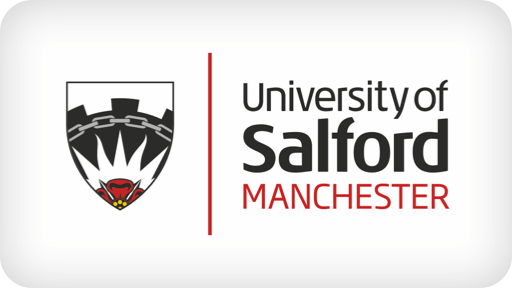
Salford University
1990 → 1991 | B.Eng in Electroacoustics
Unfinished. Left after 1st year to persue a career in music
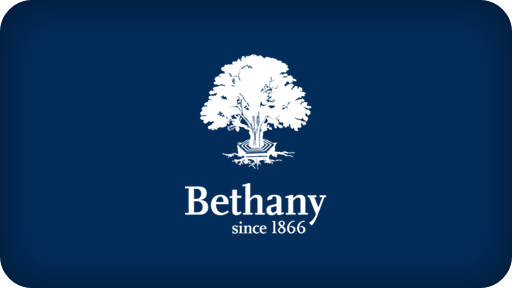
Bethany School
1983 → 1990 | 4 A Levels, 12 GCSEs, 5 O Levels
A Levels: Pure Maths, Applied Maths, Physics, Chemistry
